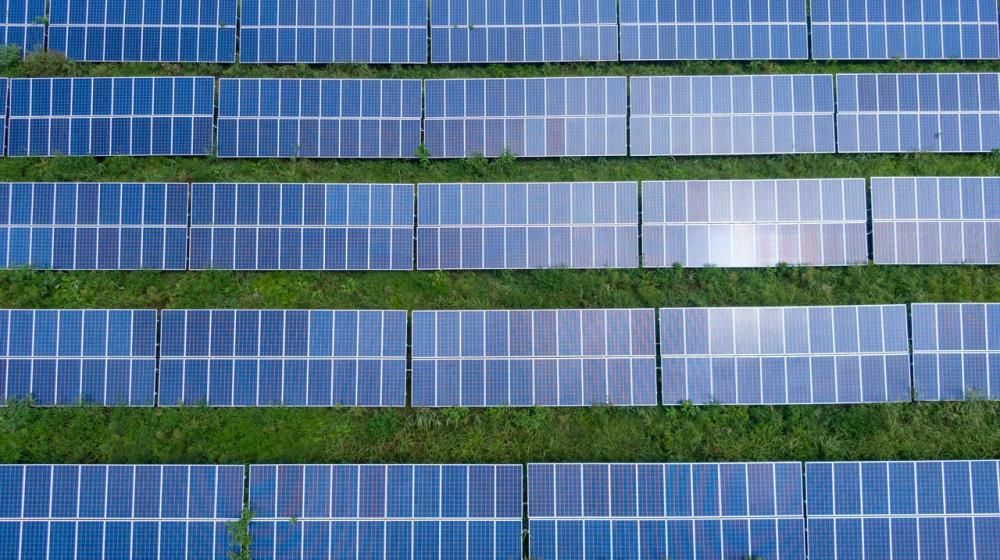Bad energy
This month (August), the IPCC (Intergovernmental Panel on Climate Change) published a report detailing the impact that increased temperatures from carbon emissions caused by human activity has had and could yet have on our planet.
Burning fossil fuels (coal, oil and gas) is one of the biggest ways in which carbon emissions are released into our atmosphere and is therefore one of the major contributory factors to climate change and the extreme weather events we’re increasingly seeing around the world caused by global warming.
However, although most cars on the road today are still powered by fossil fuels, the number of people making the switch to EVs is growing rapidly which is good news for us, our environment and our future.
What isn’t such good news though, is the fact that energy used to power electric vehicles can still come from burning fossil fuels. So it’s important to ensure that in switching to an EV, you also use an energy provider whose power comes from sustainable and renewable sources. This not only benefits the environment, it can benefit you financially too.



